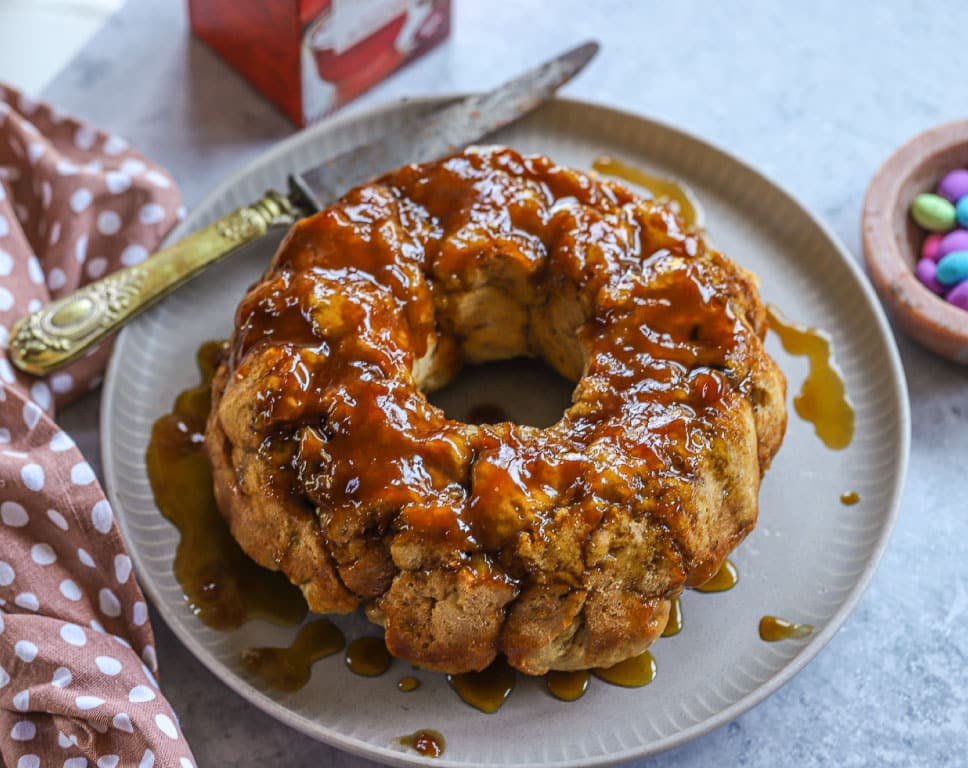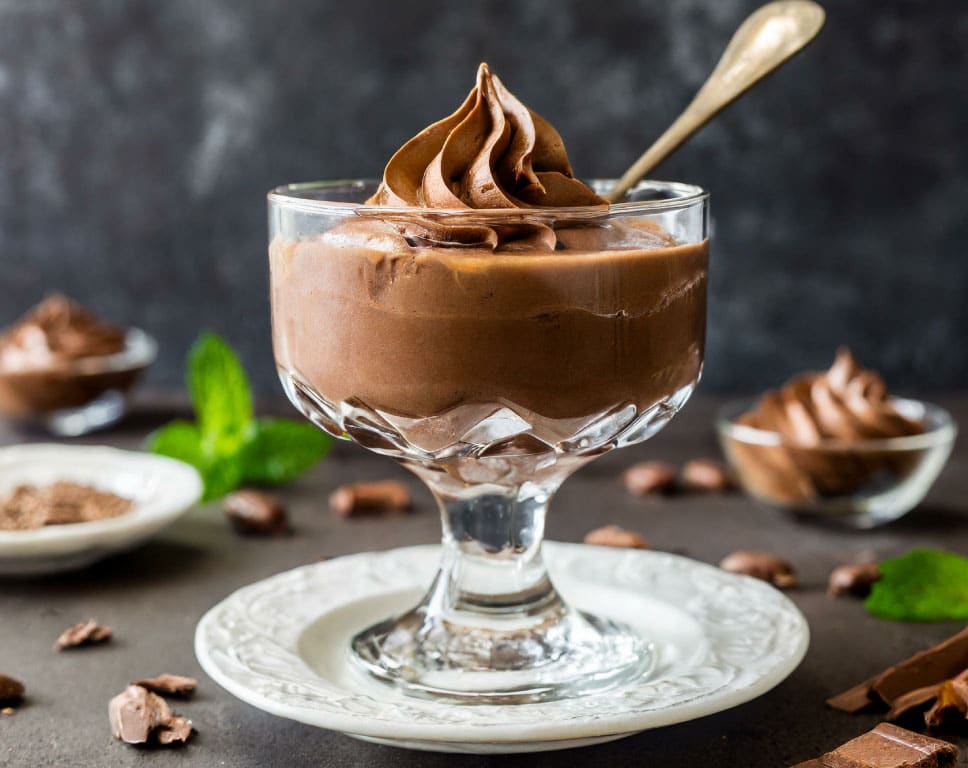Intuitive eating stands apart from fad or conventional diets in its fundamental principles and approach.
While traditional diets emphasise rigid rules and restrictions, sometimes promising quick results, intuitive eating aims to promote a sustainable and balanced lifestyle.
In fact, rather than classifying it as a diet, it is often referred to as an anti-diet approach.
At its core, intuitive eating is a more mindful way to eat, encouraging followers to tune in or listen to their body’s hunger cues and only eat when truly hungry.
Based on research
Importantly, intuitive eating is an evidence-based approach to eating that aims to connect the mind, body, and emotions.
The concept was developed by two dietitians, Evelyn Tribole, MS, RDN, and Elyse Resch, MS, RDN, who co-authored a book titled “Intuitive Eating: A Revolutionary Anti-Diet Approach”.
Since then, numerous studies have affirmed its relevance and application as a means to manage weight, improve our relationship with food and eating, and improve our overall emotional state.
One study1 found that intuitive eating promotes harmony in the body, which helps improve diet quality because of “increased awareness of physiological cues”. The researchers also stated that the “reduction of emotional and binge eating may also increase diet quality”.
A review article2 that compared multiple peer-reviewed studies on intuitive eating also found physical benefits, with “consistent associations between intuitive eating and both lower BMI and better psychological health”.
Research3 findings showed that women who strictly followed an intuitive eating (IE) approach were “more likely to maintain their body weights (within ±2 kg) and less likely to gain weight (>2 kg) than women with low IE scores”.
Emotional benefits
The emotional benefits are perhaps the most pronounced when following an intuitive eating approach.
The results from a 2020 study4 indicate that intuitive eating “longitudinally predicts better psychological and behavioral health across a range of outcomes”.
The researchers also suggest that intuitive eating may offer “a valuable intervention target for improving psychological health and reducing disordered eating behaviors, particularly binge eating.”
Furthermore, intuitive eating was linked3 to a “reduction in maladaptive eating behaviors and overeating frequency over time in both genders”.
By focusing on mindful eating and avoiding restrictive diets, individuals may experience less emotional turmoil related to food and body image, which can improve self-esteem and adherence to a healthier way of eating.
Rejecting modern diet culture and focusing on self-care can also help us develop a healthier relationship with food and our bodies.
Modern living the issue
With these factors in mind, intuitive eating sits between the two modern-day extremes of overeating and overly restrictive dieting.
Many people today eat mindlessly as they follow a habitual routine, or they are distracted by their phone, computer or TV while they eat. Others simply wander into the kitchen when they have nothing else to do, which is an issue in an era of food abundance, with constant access to food and snacks in the fridge or pantry cupboard, and fast foods a simple click away.
On the other end of the spectrum, people count calories, restrict or eliminate food groups, or under-eat in a misguided effort to lose weight.
In contrast, intuitive eating emphasises a balanced and nourishing diet, avoiding restrictive dieting, overeating and mindless eating, and focusing instead on a healthy, sustainable approach to eating and overall well-being.
Types of hunger
Munching mindfully through intuitive eating means we begin tuning back into our hunger impulse to understand what, when and why we eat.
When we become more aware of our emotions and feelings, and how they affect our actions and food choices, we start differentiating between different types of hunger.
This approach can help you eat only when your body is seeking sustenance, with the ability to intuitively know when to stop once you are full.
This is known as physical hunger, which arises from biological triggers in response to a drop in energy or the need for nutrients to support tissue development or immune system function.
Physical hunger is characterised by a gradual increase in feelings of hunger, which can develop into a growling tummy or empty feelings in your stomach, along with weakness and a drop in blood sugar.
Physiological or emotional hunger typically happens suddenly, driven by emotions like stress, boredom or sadness. It might not be accompanied by physical hunger cues and can lead to overeating or unhealthy food choices.
Emotional hunger generally presents as cravings for a specific type of food or food group, normally processed carbs or sugar.
Not a free-for-all
While some proponents of intuitive eating, especially those on social media, suggest that intuitive eating lets you respond to every hunger cue by eating the food you desire without guilt, the truth is that this approach to eating is not about giving in to every craving or food desire.
When you are properly in tune with your body, you will begin to understand the difference between a craving and a genuine nutritional need.
It can prove challenging to discern these differences at first, but with practice and patience, you will become more familiar with your body and more easily determine the difference between the two.
How to eat intuitively:
- Pay attention to your fullness cues and stop eating when you’re satisfied.
- Enjoy the experience. Taste and savour every mouthful, fully engaging in the eating experience to taste the flavours and notice the textures in the food you eat.
- Interrogate and explore hunger cues as they arise to determine whether they stem from a physical need or emotional need such as emotions, stress, or the environment.
- Acknowledge and address your emotions without using food as a coping mechanism.
- Choose foods that nourish your body and make you feel good.
- Eat until you feel full. Stop when you do and only continue if you still feel physical hunger.
By following these intuitive eating principles, you can develop a healthier and more balanced approach to your daily nutrition that supports your overall health and happiness, with potential weight loss and other health benefits.
References:
- Katie Hensley-Hackett, Josephine Bosker, Ashleigh Keefe, Dianne Reidlinger, Molly Warner, Anna D’Arcy, Jennifer Utter; Intuitive Eating Intervention and Diet Quality in Adults: A Systematic Literature Review, Journal of Nutrition Education and Behavior, Volume 54, Issue 12, 2022, Pages 1099-1115, ISSN 1499-4046, https://doi.org/10.1016/j.jneb.2022.08.008.
- Van Dyke N, Drinkwater EJ. Relationships between intuitive eating and health indicators: literature review. Public Health Nutr. 2014 Aug;17(8):1757-66. doi: 10.1017/S1368980013002139. Epub 2013 Aug 21. PMID: 23962472; PMCID: PMC10282369.
- Luana Giacone, Cynthia Sob, Michael Siegrist, Christina Hartmann, Intuitive eating and its influence on self-reported weight and eating behaviors, Eating Behaviors, Volume 52, 2024, 101844, ISSN 1471-0153, https://doi.org/10.1016/j.eatbeh.2024.101844.
- Hazzard VM, Telke SE, Simone M, Anderson LM, Larson NI, Neumark-Sztainer D. Intuitive eating longitudinally predicts better psychological health and lower use of disordered eating behaviors: findings from EAT 2010-2018. Eat Weight Disord. 2021 Feb;26(1):287-294. doi: 10.1007/s40519-020-00852-4. Epub 2020 Jan 31. PMID: 32006391; PMCID: PMC7392799.















